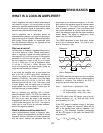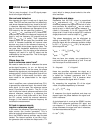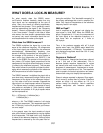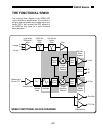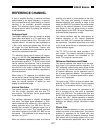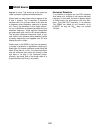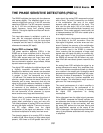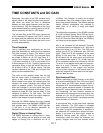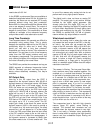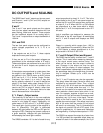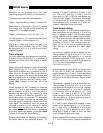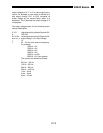
3-8
SR850 Basics
degrees of noise. This shows up at the output as
noise in phase or quadrature measurements.
Phase noise can also cause noise to appear at the
X and Y outputs. This is because a reference
oscillator with a lot of phase noise is the same as
a reference whose frequency spectrum is spread
out. That is, the reference is not a single frequen-
cy, but a distribution of frequencies about the true
reference frequency. These spurious frequencies
are attenuated quite a bit but still cause problems.
The spurious reference frequencies result in sig-
nals close to the reference being detected. Noise
at nearby frequencies now appears near DC and
affects the lock-in output.
Phase noise in the SR850 is very low and general-
ly causes no problems. In applications requiring no
phase jitter, the internal reference mode should be
used. Since there is no PLL, the internal oscillator
and the reference sine waves are directly linked
and there is no jitter in the measured phase.
(Actually, the phase jitter is the phase noise of a
crystal oscillator and is very, very small).
Harmonic Detection
It is possible to compute the two PSD reference
sine waves at a multiple of the internal oscillator
frequency. In this case, the lock-in detects signals
at Nxf
ref
which are synchronous with the refer-
ence. The SINE OUT frequency is not affected.
The SR850 can detect at any harmonic up to
N=32767 as long as Nxf
ref
does not exceed
102 kHz.




